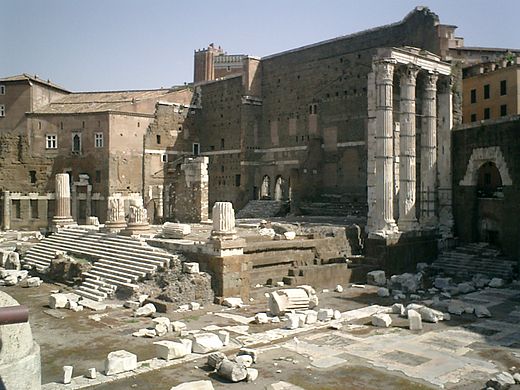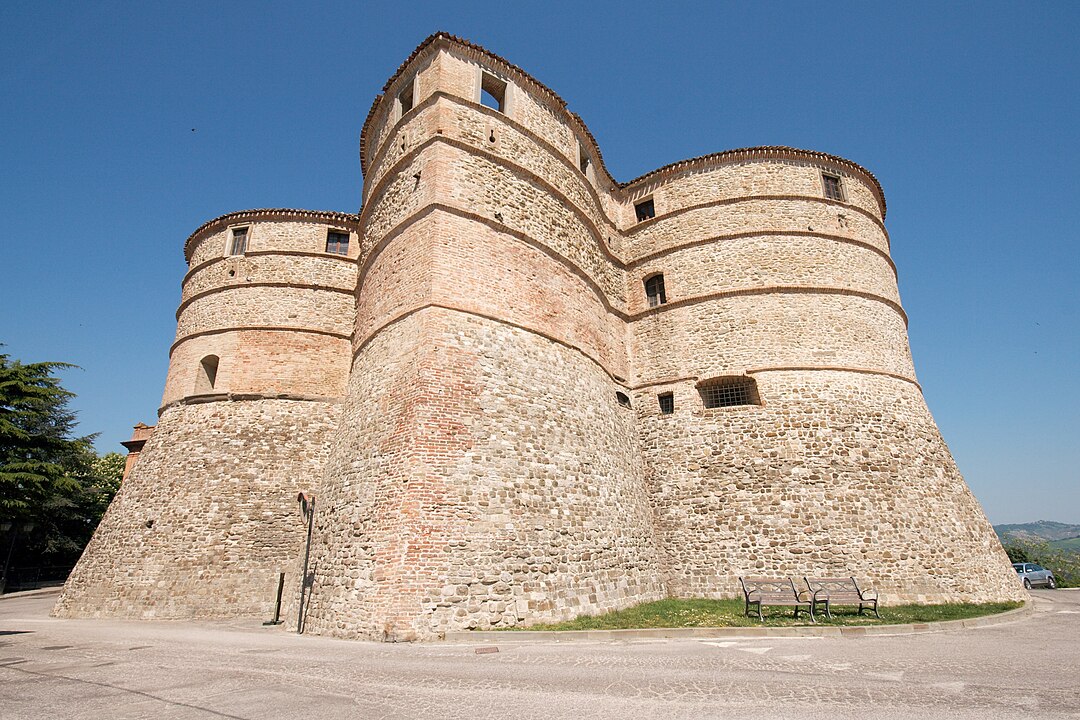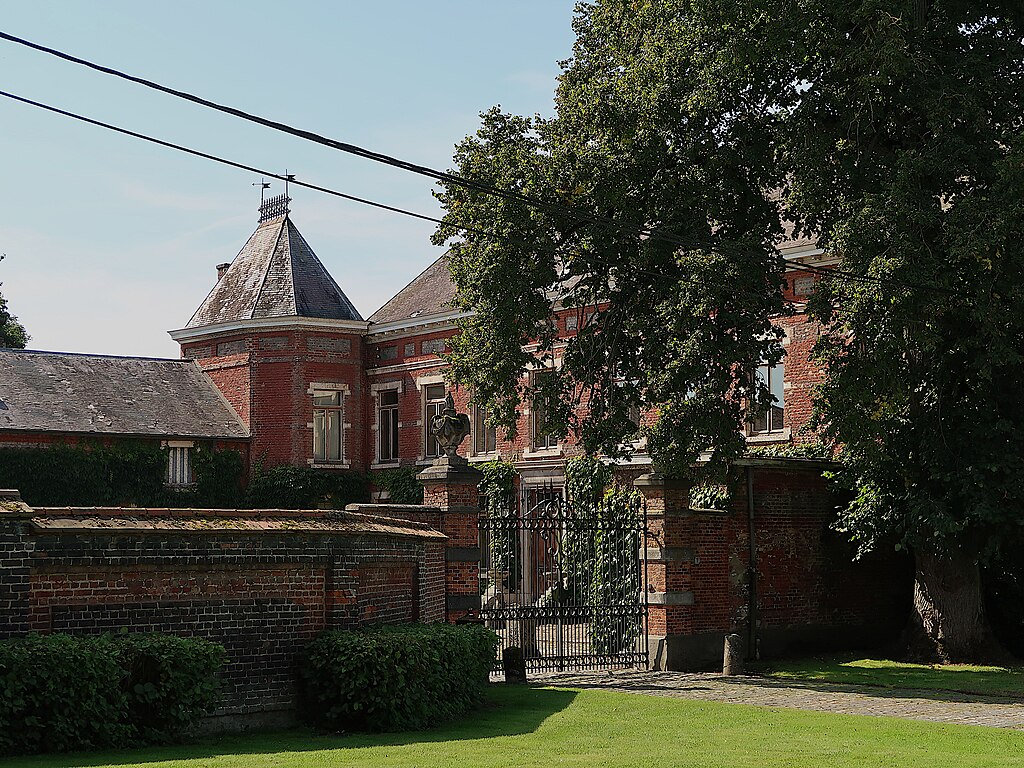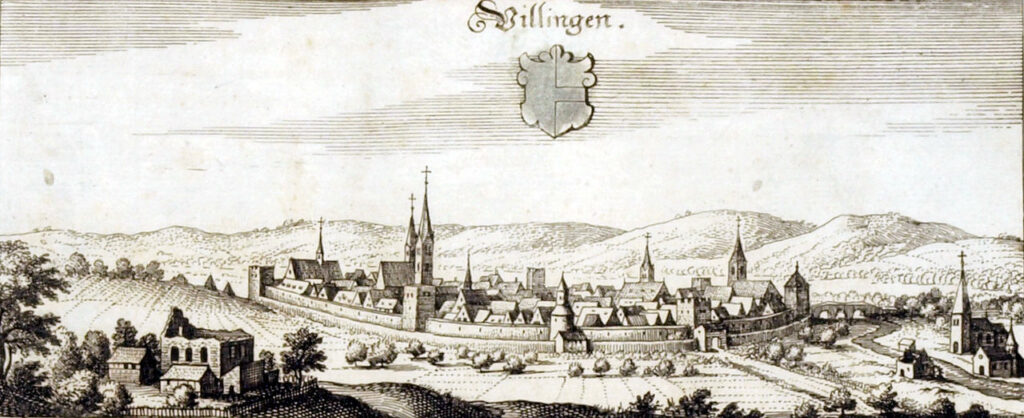Fire Safety Engineering and Cultural Heritage Buildings
One of the possibilities that professionals have at their disposal to reflect with greater awareness on the risks to which historic buildings are subject is to simulate what would happen in the event of a fire
Fire prevention is a discipline that relies in most cases on the use of standardized solutions. The verification of safety with respect to fire risk, therefore, is normally based on the comparison between the measures provided for by a given regulation and those actually adopted. For example, the width of escape routes, the resistance time of structures (with respect to a standard fire) and the fire behavior class (i.e. the propensity to ignition) of covering and furnishing materials are easily verifiable elements. If a project is lacking in one or more of these aspects, it must be modified to comply with the classes or measures provided for by the regulation.
But what to do when the building has already been built and, above all, it cannot be modified because its construction elements, its visual impact and its history do not allow it to be modified without society accepting these changes?
This is the first question that professionals in charge of fire safety assessments must ask themselves before starting their work and it does not always have an answer that satisfies all needs.
Installing fire safety systems or equipment can save a building from destruction, but in some circumstances the installation is not possible without interfering with important parts of the building.
Furthermore, sometimes the risk of unnecessary activation of these systems can be assessed as excessive compared to the damage that a fire would cause. An inadequate escape route (for example, a staircase that is too steep or too narrow) can compromise the escape of people present in a building, in many cases the construction of an external emergency staircase would substantially damage the appearance of a building.
There is no magic wand to solve these problems in almost any building of historical or artistic value in the world. The level of safety to which projects are now required to comply is much higher than that of buildings of a few hundred years ago. Not surprisingly, the history of architecture and of the most important cities in many countries is marked by fires that have destroyed buildings or entire urban areas.

Performance based approach
One of the possibilities that professionals have at their disposal to reflect with greater awareness on the risks to which historic buildings are subject is to simulate what would happen in the event of a fire, to better understand the vulnerabilities of buildings and to agree on intervention strategies (physical measures , plant engineering, management and use) that can minimize the risks. This evaluation philosophy is what characterizes the performance approach to fire safety.
Fire Safety Engineering (or Fire Protection Engineering) is the most powerful tool for assessing fire risk in heritage, historical or cultural buildings. Using the techniques developed within the performance based approach to improve the protection of cultural and historical buildings against fire, at the moment it’s the only possible way that allows to match safety needs with conservation issues. According the Wikipedia page, Fire safety Engineering is “the application of science and engineering principles to protect people, property, and their environments from the harmful and destructive effects of fire and smoke. It encompasses engineering which focuses on fire detection, suppression and mitigation and fire safety engineering which focuses on human behavior and maintaining a tenable environment for evacuation from a fire. In the United States ‘fire protection engineering’ is often used to include ‘fire safety engineering“.
Prescriptive vs performance based approach
As mentioned above, performance-based approach and prescriptive approach are two different methodologies for fire safety design, each with its own advantages and limitations, especially when applied to historic buildings.
The performance-based approach focuses on achieving a certain level of safety through a detailed analysis of risks and performance, rather than adopting fixed prescriptions. In historic contexts, this methodology is particularly useful because it allows for customized solutions that respect the structure and architectural features of the building, without compromising safety. For example, it may involve the use of innovative materials or the modification of protection systems to achieve performance equivalent to that required by regulations, while preserving the integrity of the building.
On the other hand, the prescriptive approach is based on specific norms and pre-established standards that must be strictly respected. This approach is easier to apply, as it provides clear and easily verifiable guidelines, but it can be problematic when dealing with historic buildings. Standardized solutions may not be compatible with the peculiarities of the building, and the rigid application of the rules may lead to invasive interventions that damage or alter the historical aspect.
In summary, the performance-based approach offers greater flexibility and adaptability for the fire protection of historical buildings, while the prescriptive approach is more direct and safe, but may not always be applicable without compromising the historical and architectural value.
Research on Fire Safety Engineering in cultural heritage protection
Currently, there aren’t many studies about the use of Fire Safety Engineering in cultural heritage buildings protection. Are worth to be cited the Cost C 17 Action “Fire Loss to Built Heritage”, an activity funded by the European Science Foundation which ended in 2006 and the activity of the NFPA , which has published and keep updated two important standards: 909 (Code for the Protection of Cultural Resource Properties – Museums, Libraries, and Places of Worship) and 914 (Code for Fire Protection in Historic Structures). To date, the Cost C17 remains the most successful research action aimed at improving the understanding of the fire risk to the built Heritage. The references listed by the Action can help to have an idea of the work done:
- Analysis of significant fires WP 2
- Bridge street fire exercise feedback. 10-04
- British Standards Institute November 2004, Sprinkler systems
- Building Bulletin 100, Designing and managing against the risk of fire in schools
- Building Research Establishment, Fire Suppression in Buildings using water mist, fog or similarsystems 2005 Case Studies 2005
More on COST C17
COST Action C17: “Built Heritage: Fire Loss to Historic Buildings – The Challenge before Us
European Parliament – Policy Department – Structural and Cohesion Policies





